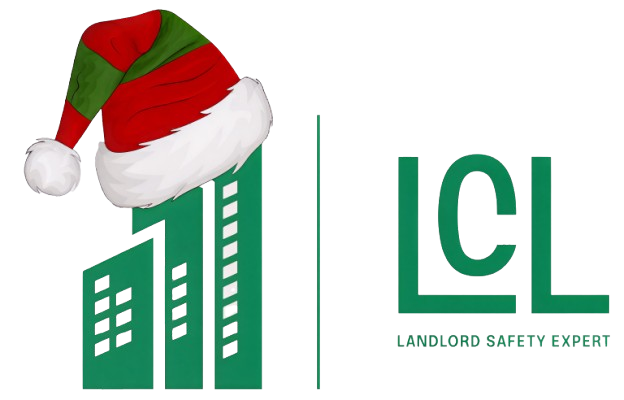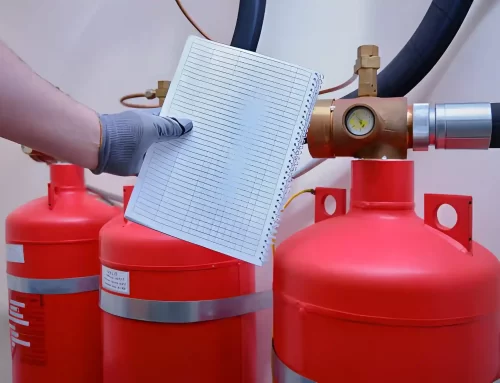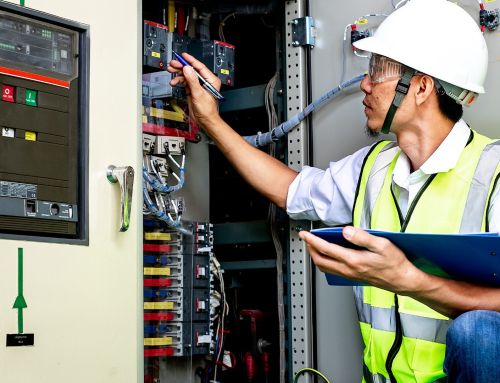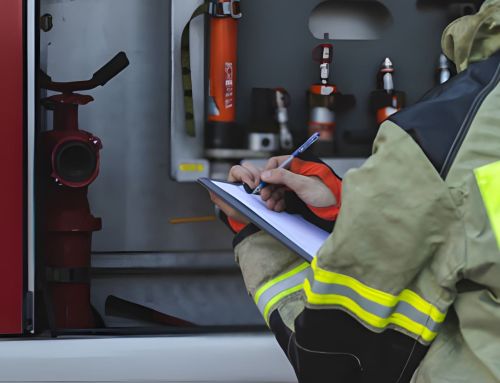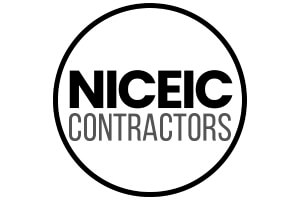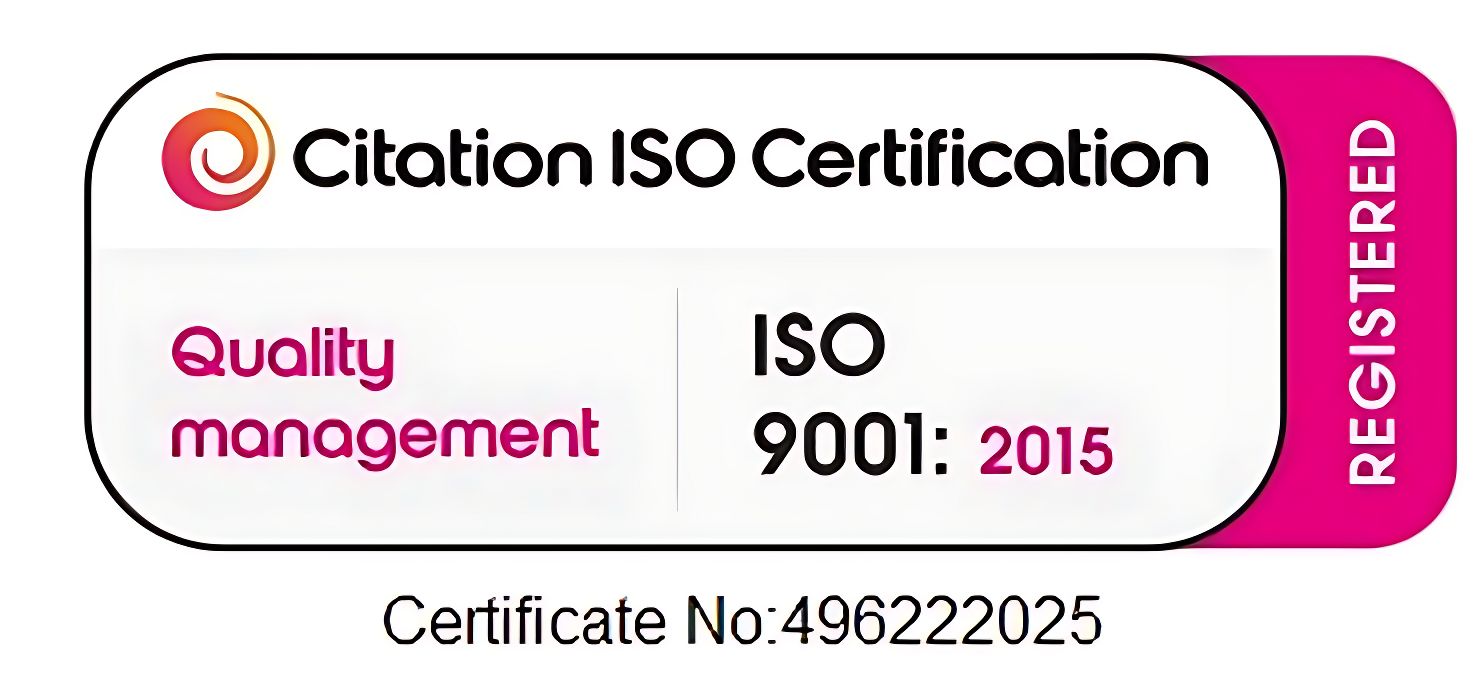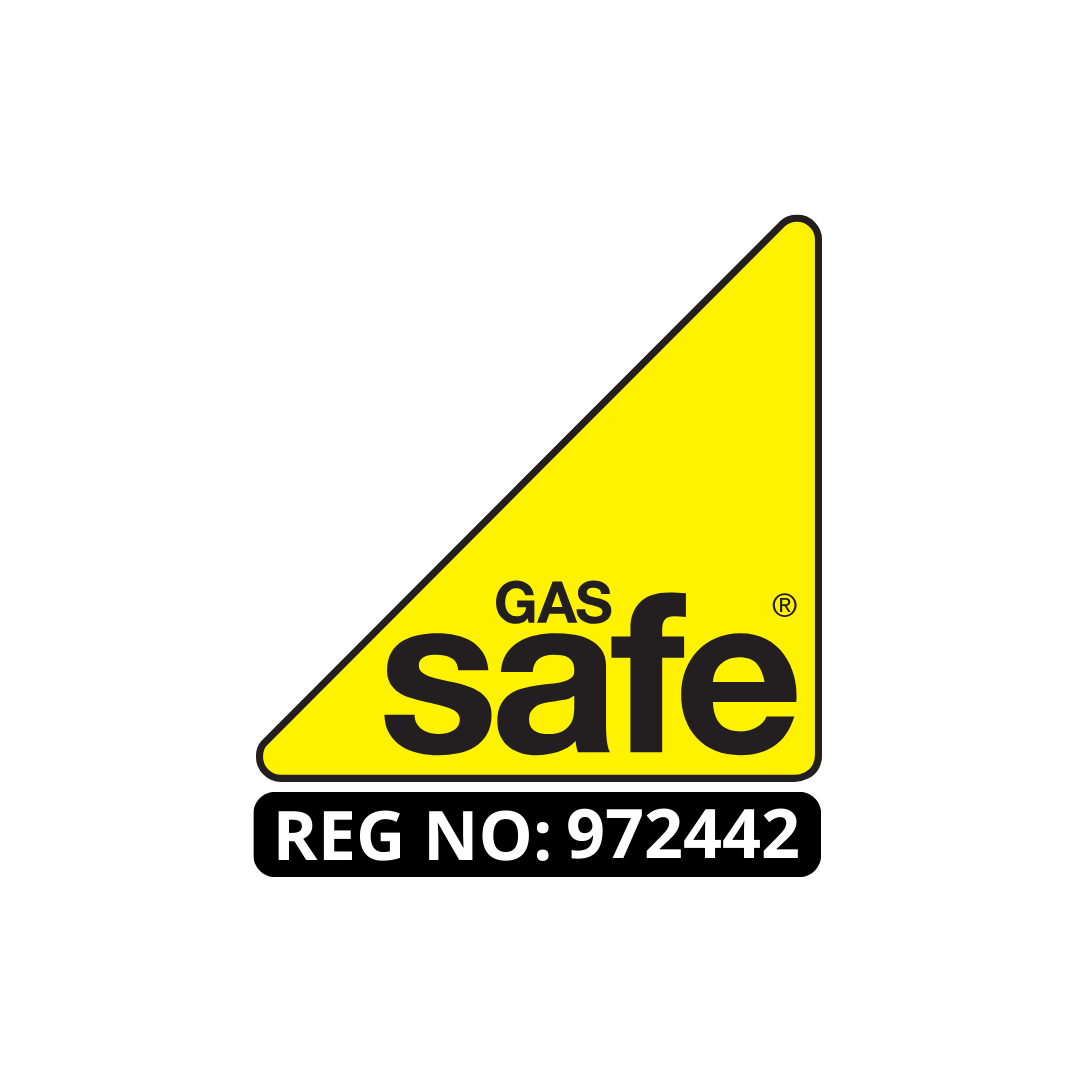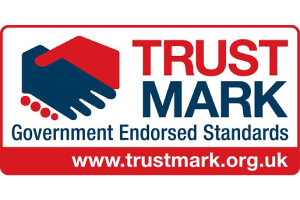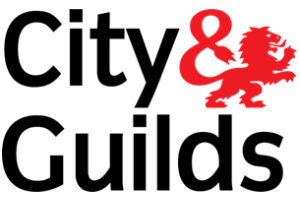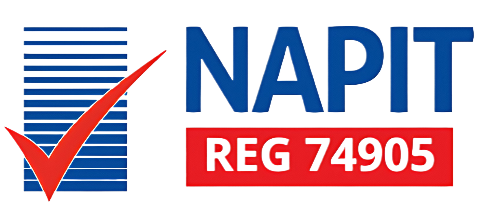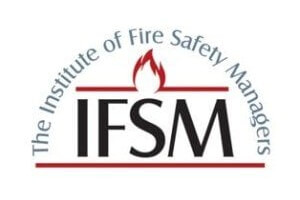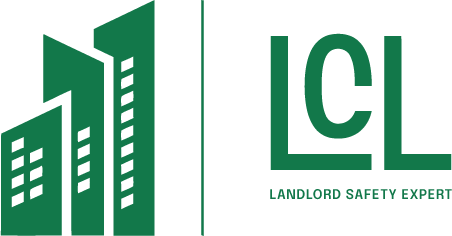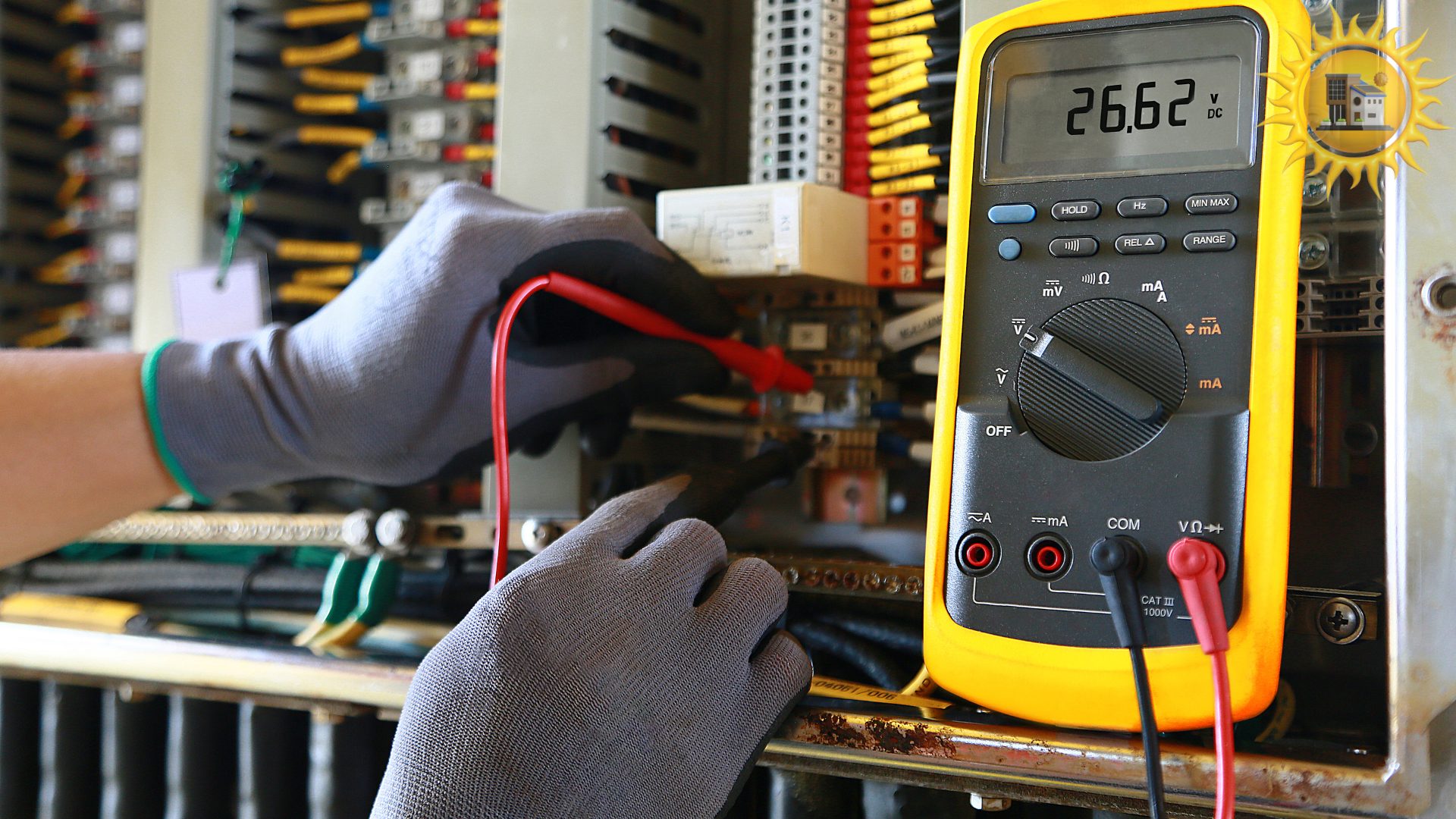
A structured model offers steady improvement across all building conditions. When a fire risk assessment review improves the exactness ensured in every inspection carried out. Industry studies report that more than half of avoidable fire incidents are linked to incomplete awareness across interior corridors and service rooms. A repeatable method directs attention toward areas that often remain hidden in older structures. A consistent pattern appears in audit records where regular evaluations reduce interruption rates across commercial and residential facilities.
A fire risk assessment builds clarity across multi-level properties. An exact method aligns observations with actual conditions inside plant rooms, risers, and storage points. A stable process helps operational teams maintain confidence in each stage of their daily routine. National safety bodies note that structured inspection schedules help prevent risk from intensifying across major managed sites. A predictable rhythm forms when each assessment follows identical stages without changes.
Key Takeaways
- Verified certification strengthens the safety framework of a property by confirming that essential systems meet recognized standards.
- Regular safety reviews minimize the chance of unnoticed risk developing into serious issues that affect building performance.
- Consistent inspections help keep electrical, gas, and structural systems stable, compliant, and ready for daily operations.
- Clear and organized documentation makes it easier for property managers to understand safety conditions and plan improvements.
- Detailed reporting improves maintenance accuracy, ensuring repairs are prioritized before faults grow into costly problems.
- Independent verification increases confidence for tenants, owners, and management teams by ensuring unbiased safety checks.
- Identifying issues at an early stage minimizes interruptions and helps essential services continue operating without strain
- Routine assessments strengthen risk awareness by highlighting weaknesses that require attention or upgrades.
- Checks aligned with national standards make regulatory compliance simpler and reduce the chance of penalties.
- Continuing monitoring supports long-term property protection by ensuring systems remain updated, reliable, and safe for future use.
Reliable Value of a Fire Risk Assessment in Daily Safety Management
A fire risk assessment sets a disciplined structure for maintenance activity. Objective documents strengthen accuracy across door assemblies, detection units, and high-risk areas. Industry comparison reports show that properties with consistent inspection routines gain strong compliance scores across renewal audits. Records highlight steady improvement in estates that prioritize early identification of ignition sources across all operational hours.
A fire risk assessment system supports clarity when staff handle routine tasks. A measured method highlights weak zones where component fatigue emerges. Research from property oversight groups confirms that early risk detection prevents escalation in more than seventy percent of documented cases. A fire risk assessment review strengthens accountability across working teams through direct documentation and a clear explanation of each finding.
Essential Function of Fire Risk Assessment: Steps in Risk Identification
A defined sequence establishes an efficient workflow for risk identification. A fire risk assessment aligns each stage with visible building conditions. Industry-led research indicates that structured sequences uncover concealed risks across waste handling points and plant enclosures found in many older complexes.
A fire risk assessment creates insight into patterns shaped by materials, layouts, and occupant movement. Regional audits identify that blind corners and storage sections generate the highest rate of preventable fire events. A methodical approach identifies outdated wiring, blocked exit paths, and damaged containment systems before pressure develops.
Preventive Strength Gained Through a Fire Risk Assessment
A stable inspection rhythm identifies early deterioration in fire doors, exit corridors, and alarm components. Early signals reduce the chance of failure during critical moments. A fire risk assessment review highlights weak elements that need immediate attention. Residential estate analysis shows that early action lowers severe event escalation to minimal levels across high-rise structures.
A measured method builds long-range awareness of recurring hazards. Recorded patterns reveal where faults return over seasonal cycles. A fire risk assessment system supports maintenance personnel who depend on clear schedules and predictable plans. Industry data indicates that properties with continuous monitoring maintain fewer emergency responses across peak occupancy periods.
Staff Coordination Strengthened Through Clear Assessment Outcomes
A reliable inspection model creates unity across operational teams. A fire risk assessment review establishes reference points that shape responsibilities across maintenance, security, and management divisions. Organizational research indicates that well-structured findings can boost response speed during fire alerts by over 30% in complex facilities.
A fire risk assessment strengthens communication across departments that handle daily building operations. Clarity within documentation builds confidence among teams that need direct instructions. Case analysis across large commercial buildings confirms that unified processes support faster corrective action after each inspection session.
Structural Awareness Enhanced Through a Fire Risk Assessment
A fire risk assessment reveals how internal layouts influence fire spread and containment. Observations highlight airflow, partition quality, and barrier integrity in all areas. National investigator reports confirm that outdated ventilation paths create increased exposure within older buildings. A fire risk assessment identifies areas where fire can travel without resistance across concealed spaces.
A structured review supports strategic upgrades across critical building sections. Evidence identifies weak partitions, damaged linings, or ageing enclosures that require reinforcement. Industrial risk studies show that targeted reinforcement around vulnerable partitions reduces containment failures at significant rates. A fire risk assessment review becomes vital when major works require accurate justification based on factual findings.
Long-Term Stability Through a Fire Risk Assessment System
A fire risk assessment system eliminates reliance on memory and creates a consistent method for gathering information. Identical formats across each inspection improve clarity over long periods. A fire risk assessment review gains reliability when reports follow the same layout and data points. Research from national oversight groups highlights that consistent records support accurate investigation procedures after major fire incidents.
A structured model reveals patterns that guide seasonal planning. Recorded data indicates changes in risk levels based on occupant density and operational shifts across the year. A fire risk assessment provides insight that helps maintenance teams position resources effectively during demanding periods.
Enhanced Structural Protection Through Safety Monitoring
Continuous safety monitoring strengthens the overall resilience of a building and supports a proactive approach to hazard control. Regular observations reveal how fire safety systems respond under different environmental pressures, occupancy levels, and equipment loads. Consistent monitoring brings attention to slow system changes that might go undetected when checks are carried out infrequently. Early visibility of such changes prevents disruptions and strengthens long-term operational reliability. Clear patterns emerge over time, giving property teams actionable insight into areas that require attention. This consistent flow of safety data promotes better coordination between technical teams, contractors, and management. Decisions become more informed because each party works from updated facts rather than assumptions. Continuous monitoring also reduces avoidable downtime and supports better maintenance planning. Structural integrity benefits because risks are addressed at the earliest point of detection. A disciplined monitoring routine encourages a culture of prevention, stability, and confidence across all building environments.
Unified Safety Control Across Multi-Unit Properties
Unified safety control creates a stable operational framework across multi-unit estates. A consistent evaluation method sets clear expectations for every block within a large site. A fire risk assessment review functions as a central reference model that aligns procedures across residential towers, commercial sections, and mixed-use structures. A fire risk assessment steps framework applies to service corridors, vertical shafts, mechanical areas, and multi-level parking areas in a uniform manner. Clear alignment reduces irregular practices that often appear when different teams operate without shared guidance. Standardized criteria help maintenance teams address risk in a predictable order that supports estate-wide continuity. Updated records strengthen collaboration between fire marshals, facility teams, and security staff because every group works from identical data. Cross-unit planning becomes more accurate as each section follows the same assessment logic. Complex estates also benefit from improved clarity during emergency management because decision-makers rely on consistent risk ratings across all buildings. A centralized approach enhances risk visibility, promotes safer movement across shared areas, and strengthens long-term flexibility for the entire property network.
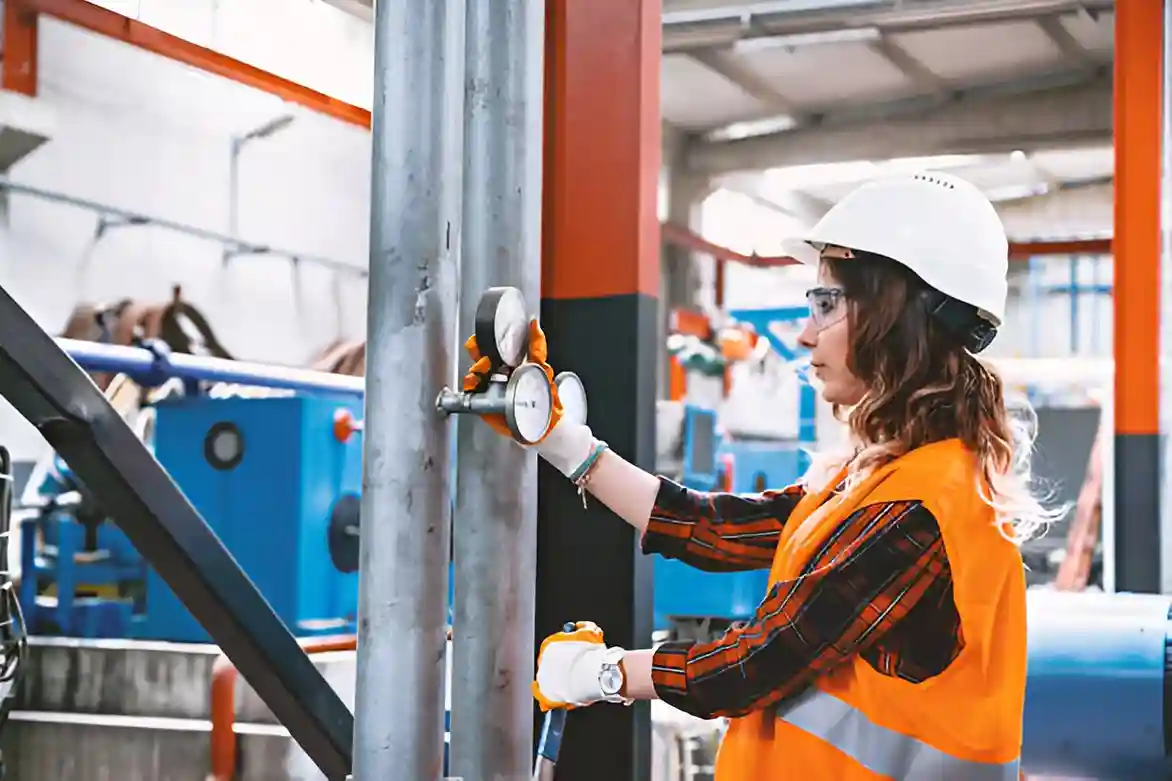
Compliance Strength Derived from a Fire Risk Assessment Review
A fire risk assessment review creates documentation that supports smooth compliance checks during external audits. Organized records help authorities reach decisions without delays. Oversight agencies highlight that buildings with structured documents achieve faster outcome verification. A clear pattern across records demonstrates sustained commitment to risk control. Auditors gain confidence when each file includes consistent evidence. A fire risk assessment review supports renewal cycles through strong record-keeping practices that remain accessible for formal confirmation whenever required.
Practical Outcomes Gained After a Fire Risk Assessment
Fire risk assessment steps improve detection accuracy and readiness across all building sections. Industry assessments confirm that properties with action-oriented reviews gain higher safety scores across successive inspection cycles.
A fire risk assessment review supports improved decision flow, clear communication, and stable upgrade planning. Data across commercial and residential sectors indicates that structured evaluation patterns increase overall readiness across short periods. A fire risk assessment offers long-term consistency that supports property management throughout the lifecycle of the building.
Integration of Fire Risk Assessment into Routine Facility Management
Fire risk assessment integration into routine facility management creates stronger operational discipline across all areas of a property. A stable model supports daily planning inside large estates where multiple activities occur at the same time. A consistent pattern forms when each review aligns with maintenance logs and building condition reports. A predictive measure appears when inspections follow identical intervals across monthly cycles. A structured assessment schedule strengthens clarity because findings support real-time repairs instead of delayed correction. Recorded cases across office towers indicate that frequent review cycles stabilize fire door performance and detection accuracy across high-use areas. Fire risk assessment review application across routine programs encourages a safer environment where all staff roles follow clear expectations without confusion or overlap. Steady integration forms a strong foundation for long-term property resilience.
How Safety Reviews Shape Modern Building Technology
Fire risk assessment review procedures influence how modern buildings accept safety technology that supports early detection. A growing number of facilities rely on devices and automated monitoring units that support rapid identification of risk across interior sections. Audit records show that enhanced technology performs best when paired with a structured review model. A fire risk assessment review identifies weaknesses or outdated components that limit accuracy across digital systems. Stronger reliability and more stable risk control over time, stronger operational stability, and improved risk control over time, high stability levels when assessments validate calibration patterns across detection units. A shift toward more advanced systems brings greater responsibility for maintaining consistent oversight and control for property teams because accurate data becomes central to safety performance. A fire risk assessment steps supplies a factual foundation for technology upgrades because findings reveal priority areas that benefit from investment first. Approval of updated systems gains long-term strength when review documentation guides placement, testing intervals, and performance tracking across critical structural sections.
Frequently Asked Questions
Verified certification ensures that all essential systems are reviewed against formally approved safety requirements. This process confirms that risks are identified early, maintenance is correctly prioritized, and compliance is consistently upheld. As a result, properties remain safer, more reliable, and better protected from avoidable risks.
Structured reporting offers a clear view of system condition, past issues, and changes over time. This allows property managers to make informed decisions, track improvements, and address recurring concerns efficiently. It also helps maintain compliance and supports smoother planning for future upgrades.
Early detection prevents small issues from developing into costly or disruptive failures. By identifying faults in advance, systems remain stable, safety levels stay consistent, and operational interruptions are significantly reduced.
Regular assessments reveal weaknesses that may not be immediately visible. Across residential, commercial, and industrial settings, these evaluations help teams address concerns quickly and maintain strong protection across all areas.
Independent verification reassures owners, tenants, and management teams that safety evaluations are accurate. This external confirmation builds trust, demonstrates professionalism, and confirms that the site is operated with steady and dependable safety practices.
Conclusion
A fire risk assessment review stands as a powerful framework for operational safety across all property types. The structured nature of the fire risk assessment steps provides strong support for decision-making and risk control. Fire risk assessment steps form an essential sequence that guides internal teams. A fire risk assessment system ensures continuity across long periods. A fire risk assessment review remains available as a guiding method for clear direction and enhanced stability across managed buildings. Assistance from a qualified team remains available upon request for further guidance.
